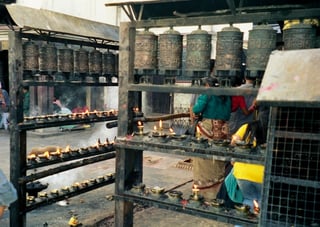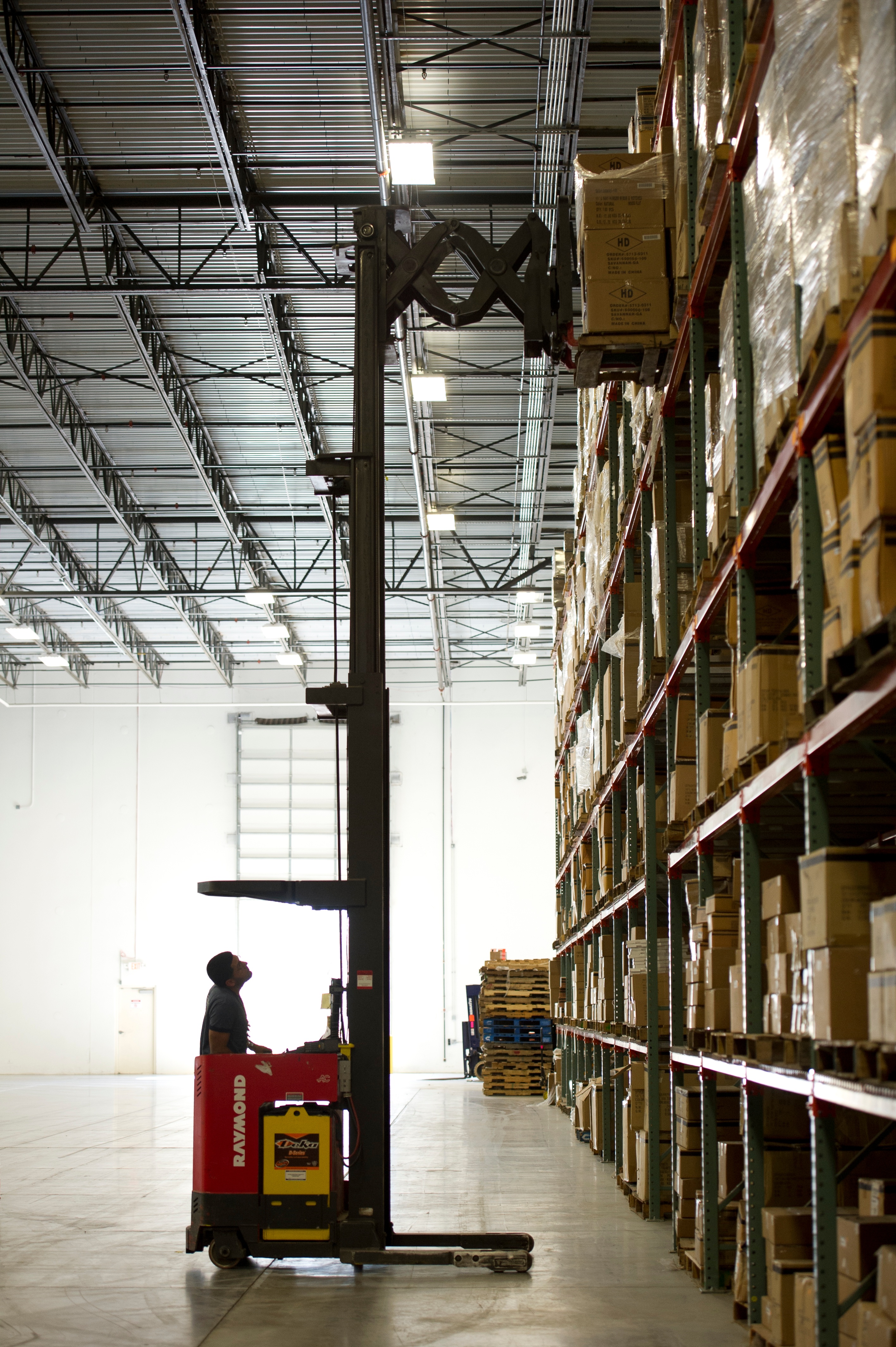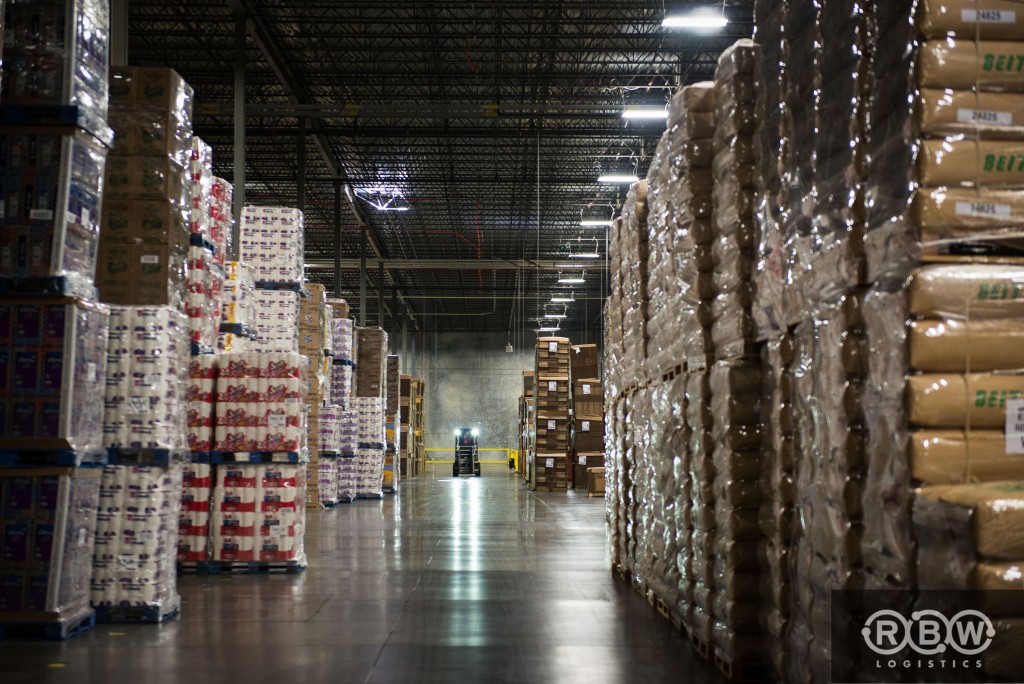Trim The Muda - Lean Manufacturing ( Part III: OverProduction)
INTRODUCTION We continue our VIII part series on " Trim The Muda" in manufacturing. Our last post was about the muda found in Transportation....
2 min read
.jpg) Bob Willert
:
Jul 15, 2016 11:13:31 AM
Bob Willert
:
Jul 15, 2016 11:13:31 AM

What is the secret to a product that's a step above the rest of the competition? You'll likely see many recipes to creating a winning product. Some may say that it's marketing. Others may say that it comes down to having a solution to a common problem. You may even hear that it simply comes down to rethinking the application of a trusted technology.
We're going to ask you to simplify. Think small and think direct -- to the root of the product. What's the impact of putting a good quality supply into your product? Well, sometimes what you put into your product is what you get out.
It's an interesting question. RBW feels you can find the answer in the first ten seconds of this video. The manufacturing process, the raw materials, and the idea are all different. In other words, input affects output. The same applies to every product that is produced, from tissue paper to tea to golf carts. The input makes a big impact on the output.
What happens when the input is bad?
Have you ever heard of the old adage "garbage in, garbage out?"
Let's dive into the true impact of "garbage in, garbage out" when it comes to the manufacturing process.
If you don't hold external suppliers and contract manufacturers to the same level of accountability as internal operations by proactively managing quality in the supply chain, it can have serious financial consequences.
You hold your workers accountable for the mistakes they make during the manufacturing process. Why wouldn't you hold your suppliers to the same standard?
Recalls can cost a company anywhere from 10 to 90 million dollars.
Identifying Quality Issues Early In The Supply Chain
Quality issues can surface at any point in the supply chain or production process.
It's important to catch quality issues as early as possible in the supply chain so that the effects are minimal. The costs of unresolved supplier quality issues can be devastating if they are discovered after a product has been introduced to the market. It not only takes money out of your pocket, but it also damages a company's brand equity.
Therefore, it is critical to identify quality issues early in the supply chain to manage quality related costs and risk.
45% of executives agree the leading challenges to supply chain efficiency include supplier performance and quality management (KPMG Global Manufacturing Outlook 2013).
1. Broaden Supplier Assessment
Let's start with what a supplier assessment is.
Supplier evaluation is a term used in business and refers to the process of evaluating and approving potential suppliers by quantitative assessment. The purpose of supplier evaluation is to ensure a portfolio of best in class suppliers is available for use.
2. Define A Clear Measurement Program
Define clearly what makes a good supply that will go into your product. Train personnel to identify the qualities of a good product. Once they have learned how to identify a bad product, there needs to be a clear cut method for rectifying the problem.
3. Invest In Infrastructure That Supports Visibility Into The Supply Chain
This can be in the form of a supplier management software or hiring a third party to manage this function of your business.
4. Close The Quality Loop With Suppliers
Make sure that you communicate with your suppliers what your quality expectations are. Communication will always improve the working relationship. Working in conjuction with your supplier will lead to Supplier Quality Nirvana.


INTRODUCTION We continue our VIII part series on " Trim The Muda" in manufacturing. Our last post was about the muda found in Transportation....

Manufacturing can be risky. The ebbs and flows of supply and demand commands a constant observation of forecasting and trends.

Paying employees is always a contentious issue for companies. How much should good people make vs. their peers? Does it really pay to make the...